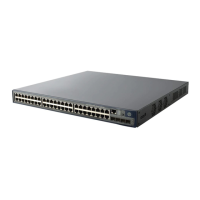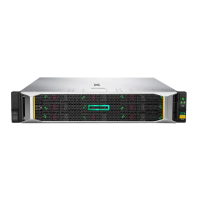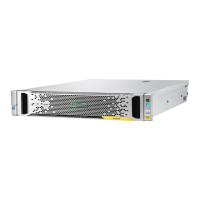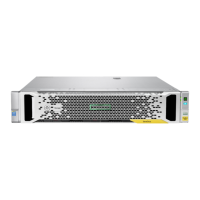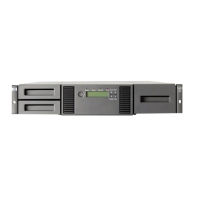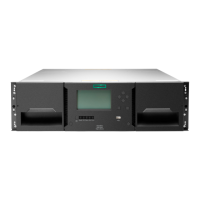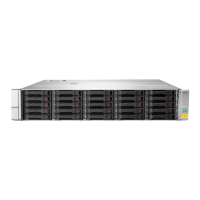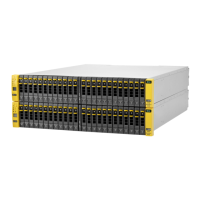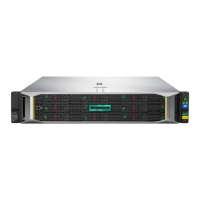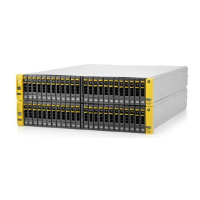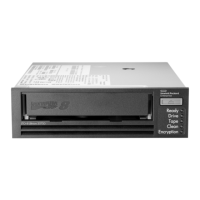Due to complexities in multihosting tape devices on SANs, it is best to use zoning tools to help keep the
backup/restore environment simple and less susceptible to the effects of changing or problematic SANs.
Zoning provides a way for servers, disk arrays, and tape libraries to only see what hosts and targets they
must see and use. The benefits of zoning include but are not limited to:
• Limiting unnecessary discoveries on the StoreOnce System.
• Reducing stress on the StoreOnce System and its library devices by polling agents.
• Reducing the time it takes to debug and resolve anomalies in the backup/restore environment.
• Reducing the potential for conflict with untested third-party products.
Zoning may not be necessary for small or simple configurations. Typically the bigger the SAN is, the more
zoning is needed. HPE recommends the following for determining how and when to use zoning.
• Small fabric (16 ports or less)—may not need zoning.
• Small to medium fabric (16 - 128 ports)—use host-centric zoning. Host-centric zoning is implemented
by creating a specific zone for each server or host, and adding only those storage elements to be used
by that host. Host-centric zoning prevents a server from detecting any other devices on the SAN or
including other servers, and it simplifies the device discovery process.
• Disk and tape on the same pair of HBAs is supported along with the coexistence of array multipath
software (no multipath to tape or library devices on the StoreOnce System, but coexistence of the
multipath software and tape devices).
• Large fabric (128 ports or more)—use host-centric zoning and split disk and tape targets. Splitting disk
and tape targets into separate zones prevents the StoreOnce System from discovering unnecessary
disk controllers. For optimal performance, where practical, dedicate HBAs for disk and tape.
NOTE: Overlapping zones are supported.
NOTE: The HPE Brocade SAN Switches support NPIV natively but the Cisco SAN Switches require that
NPIV is turned on for each port used.
Configuring a newly installed system 131

